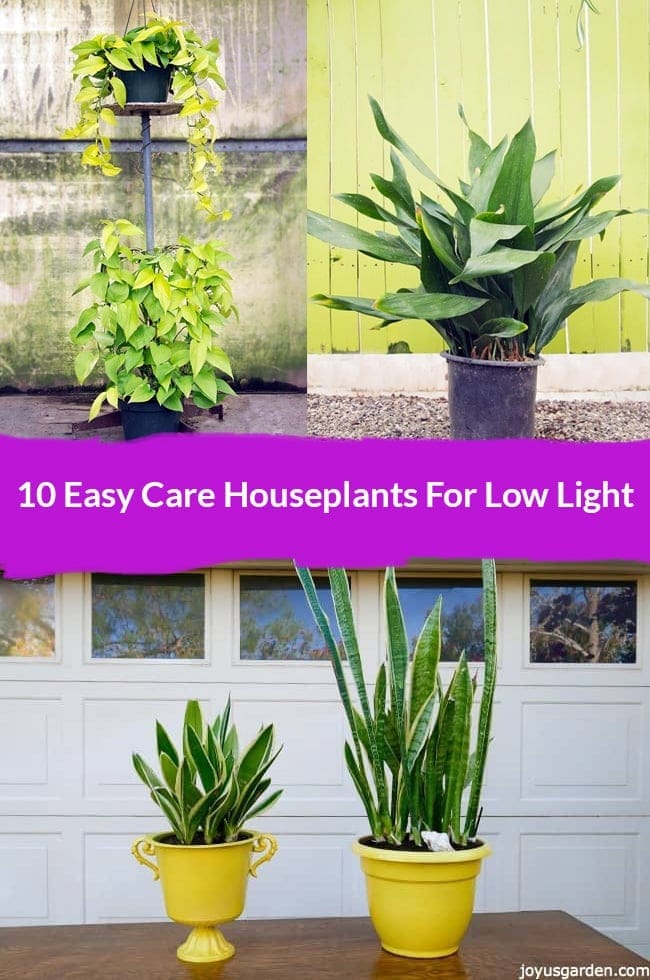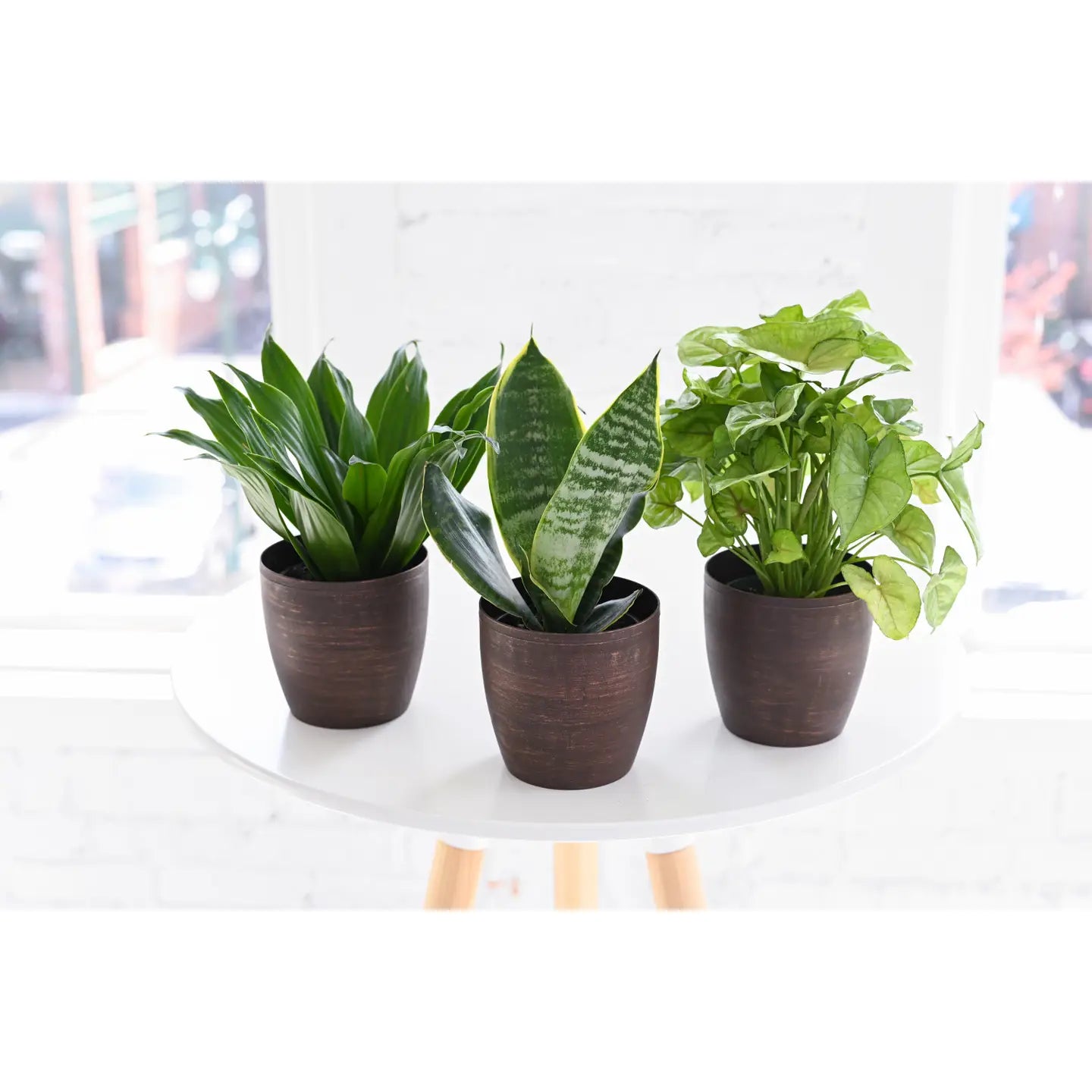Discover the most effective Low-Light Indoor Plants for Enhancing Your Home Decoration
Including low-light indoor plants right into your home decoration can substantially boost both aesthetic appeals and ambience, especially in rooms that do not have plentiful natural light. Ranges such as the Serpent Plant and ZZ Plant not just bring life to lower edges but likewise contribute to boosted air top quality and total wellness.

Why Choose Low-Light Plants
Why go with low-light plants in your interior areas? The modern-day living setting commonly offers difficulties such as limited all-natural light, making it challenging for typical houseplants to flourish. Low-light plants are especially adjusted to make it through and flourish in these problems, using a feasible service for people looking for to improve their interior areas without the included stress and anxiety of maintaining extra light-demanding vegetation.
In addition to their durability, low-light plants contribute considerably to the aesthetic appeals of a space. Their diverse variety of sizes, shapes, and colors permits special interior decoration possibilities, developing inviting and dynamic environments. Interior plants are known for their air-purifying qualities, improving interior air top quality by launching and filtering toxic substances oxygen, which can improve total well-being.
Low-light plants also need minimal upkeep, making them specifically appealing to busy people or those new to horticulture. Their adaptability permits placement in numerous environments, from office to dimly lit edges of the home. By choosing low-light plants, you can appreciate the benefits of greenery without the restrictions that often accompany traditional gardening, inevitably fostering a healthier and much more visually attractive interior atmosphere.
Top Low-Light Indoor Plants
For those seeking to improve their interior areas with greenery that thrives in low-light problems, several plant choices stand out for their strength and visual allure. The Serpent Plant (Sansevieria trifasciata) is a prominent choice, recognized for its upright, sword-like leaves and capacity to endure overlook. This durable plant can endure in poorly lit areas while improving interior air quality.
An additional outstanding choice is the Pothos (Epipremnum aureum), characterized by its heart-shaped leaves and trailing creeping plants. Pothos is not only versatile to low light yet also supplies a striking visual comparison when put on shelves or hanging baskets.
The ZZ Plant (Zamioculcas zamiifolia) is similarly impressive, boasting glossy, dark eco-friendly leaves that can brighten up any kind of edge. Its drought resistance makes it perfect for hectic home owners.
Treatment Tips for Low-Light Plants
How can you guarantee that your low-light indoor plants flourish despite restricted sunlight? Select the proper potting mix that provides great water drainage while retaining dampness. A well-aerated dirt, such as a mix of potting dirt and perlite, can assist prevent origin rot.
Watering is essential; low-light plants usually need less constant watering compared to their sun-loving equivalents. Constantly examine the top inch of the soil-- if it really feels completely dry, it's time to water. Beware of overwatering, as this can cause fungal problems and root great post to read decay.
Feeding low-light plants ought to be done moderately - Best low-light indoor plants. Utilize a balanced, water-soluble fertilizer during the growing period, however lower or remove fertilizing in the dormant months
In addition, dust can build up on fallen leaves, hindering photosynthesis. Gently wipe the leaves with a wet fabric to keep them clean.
Finally, observe your plants very closely. Signs of distress, such as yellowing fallen leaves or leggy development, can show that your plant requires modifications in treatment (Best low-light indoor plants). By complying with these treatment suggestions, your low-light indoor plants can grow, including appeal and vigor to your home
Imaginative Ways to Show Plants
Elevating the visual allure of your indoor room can be accomplished by thoughtfully displaying your low-light plants in imaginative means. Take into consideration using vertical area to your advantage; wall-mounted racks can showcase routing plants like pothos or philodendron, adding lushness while saving flooring room. Conversely, make use of plant stands of differing heights to create visual rate of interest and deepness, drawing the eye upwards.
Hanging planters are one more outstanding option, supplying a remarkable result when suspended from the ceiling or hooks. Macramé wall mounts can introduce texture and bohemian panache, while modern-day ceramic hangers can suit a minimalist aesthetic. For a much more cutting-edge strategy, repurpose special containers such as vintage teacups or glass containers, which can include character more to your display screen.
Grouping plants in collections is also reliable; usage varying pot sizes and shades to develop a cohesive appearance. This method not just enhances aesthetic effect but additionally gives an all-natural habitat feel - Best low-light indoor plants. Lastly, take into consideration positioning plants near lights like windows or lamps to enhance their development and showcase their vibrant vegetation, hence improving the total ambiance of your indoor environment.
Benefits of Indoor Greenery
Various studies have shown that integrating indoor plant into your home uses a plethora of benefits, enhancing both physical and psychological health. One of one of the most significant benefits of indoor plants is their capability to improve air quality. Plants absorb carbon dioxide and launch oxygen, developing a much healthier ambience while additionally straining unsafe toxic substances, thus advertising respiratory wellness.
In addition, the presence of greenery has actually been connected to minimized stress and anxiety degrees. Study indicates that connecting with plants can reduce cortisol levels, which are linked with anxiety. This soothing result can lead to improved state of mind and raised efficiency, making interior plants an ideal enhancement to work areas.
Furthermore, interior greenery can boost cognitive feature. Studies suggest that environments enriched with plants can official site cause enhanced focus, creativity, and general mental clearness. The aesthetic charm of interior plants also adds to a much more inviting and pleasurable setting, positively affecting social interactions and overall contentment within an area.
Verdict

Including low-light indoor plants right into your home design can considerably improve both appearances and atmosphere, specifically in rooms that lack plentiful natural light. Ranges such as the Snake Plant and ZZ Plant not just bring life to lower edges but likewise add to boosted air high quality and total wellness. Interior plants are recognized for their air-purifying top qualities, boosting interior air quality by filtering contaminants and launching oxygen, which can improve total wellness.
For those looking for to enhance their indoor spaces with greenery that flourishes in low-light conditions, several plant alternatives stand out for their strength and visual allure. These resilient plants, such as the Snake Plant and ZZ Plant, flourish in dim conditions and call for very little maintenance, making them suitable for numerous lifestyles.
Comments on “How to Care for the Best Low-Light Indoor Plants in Any Environment”